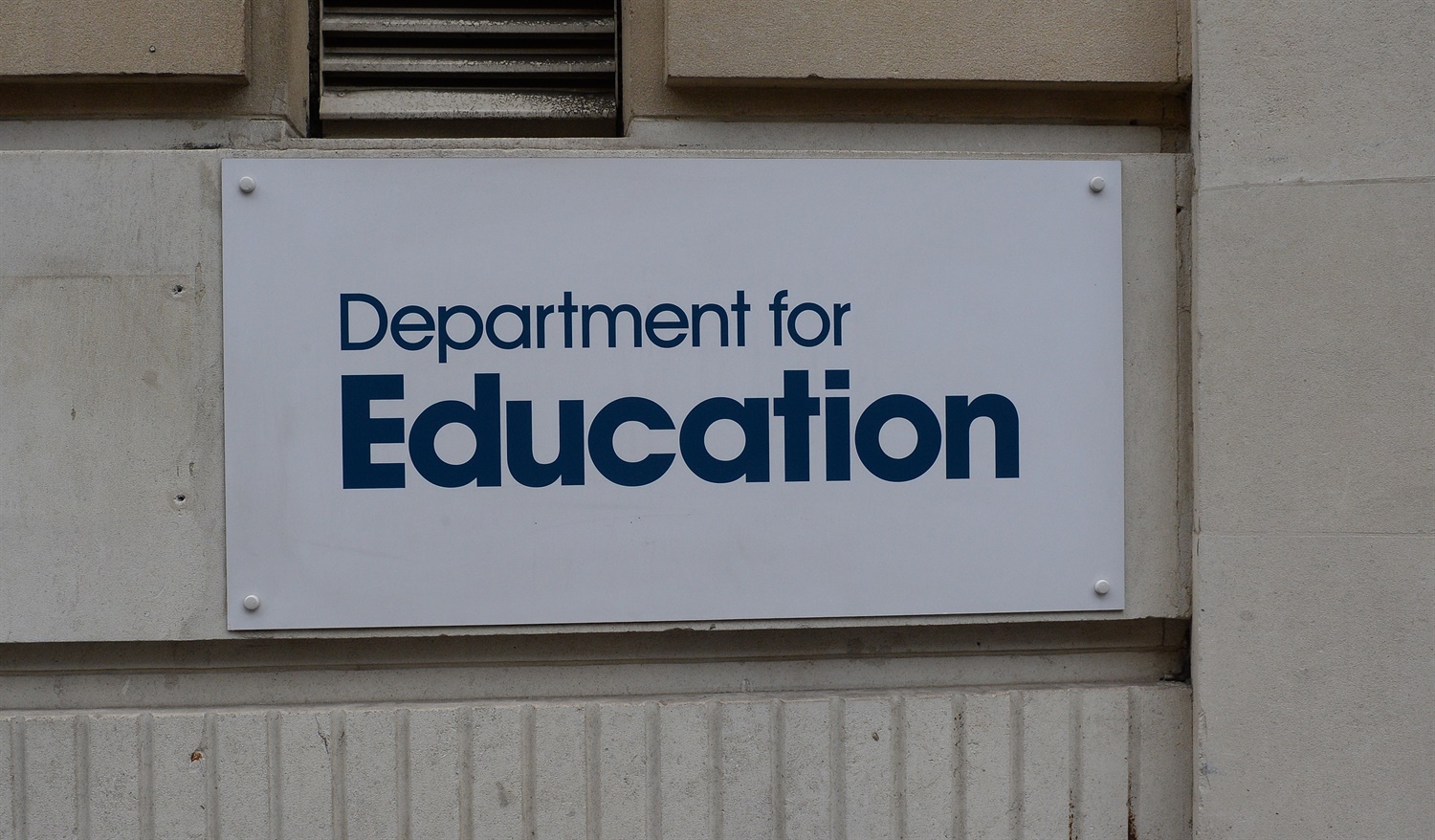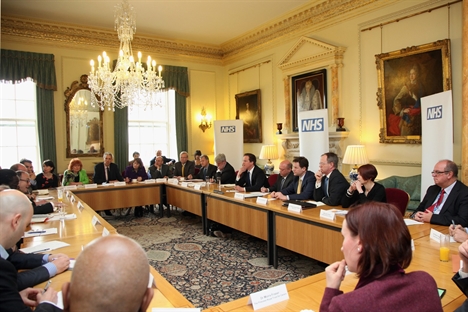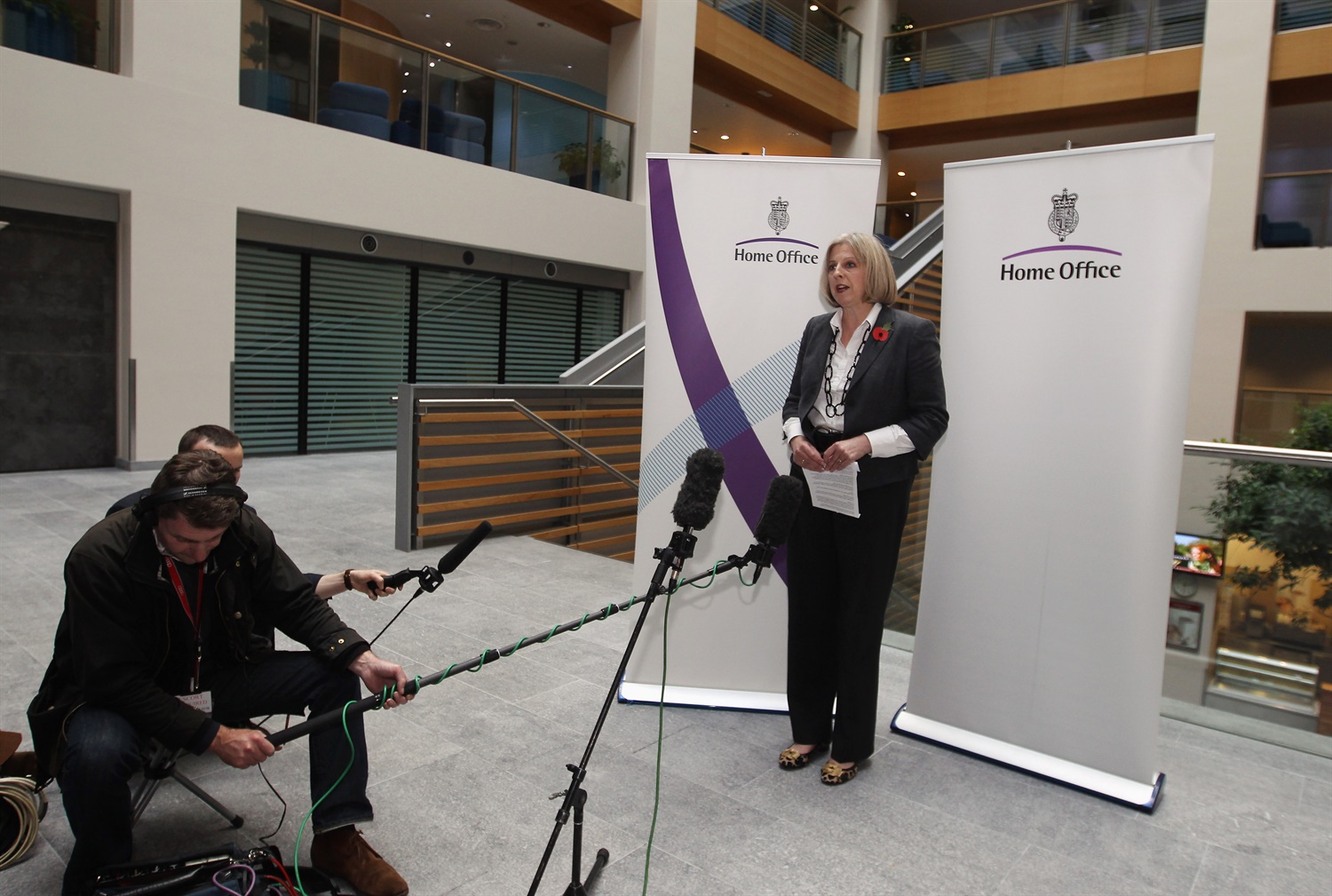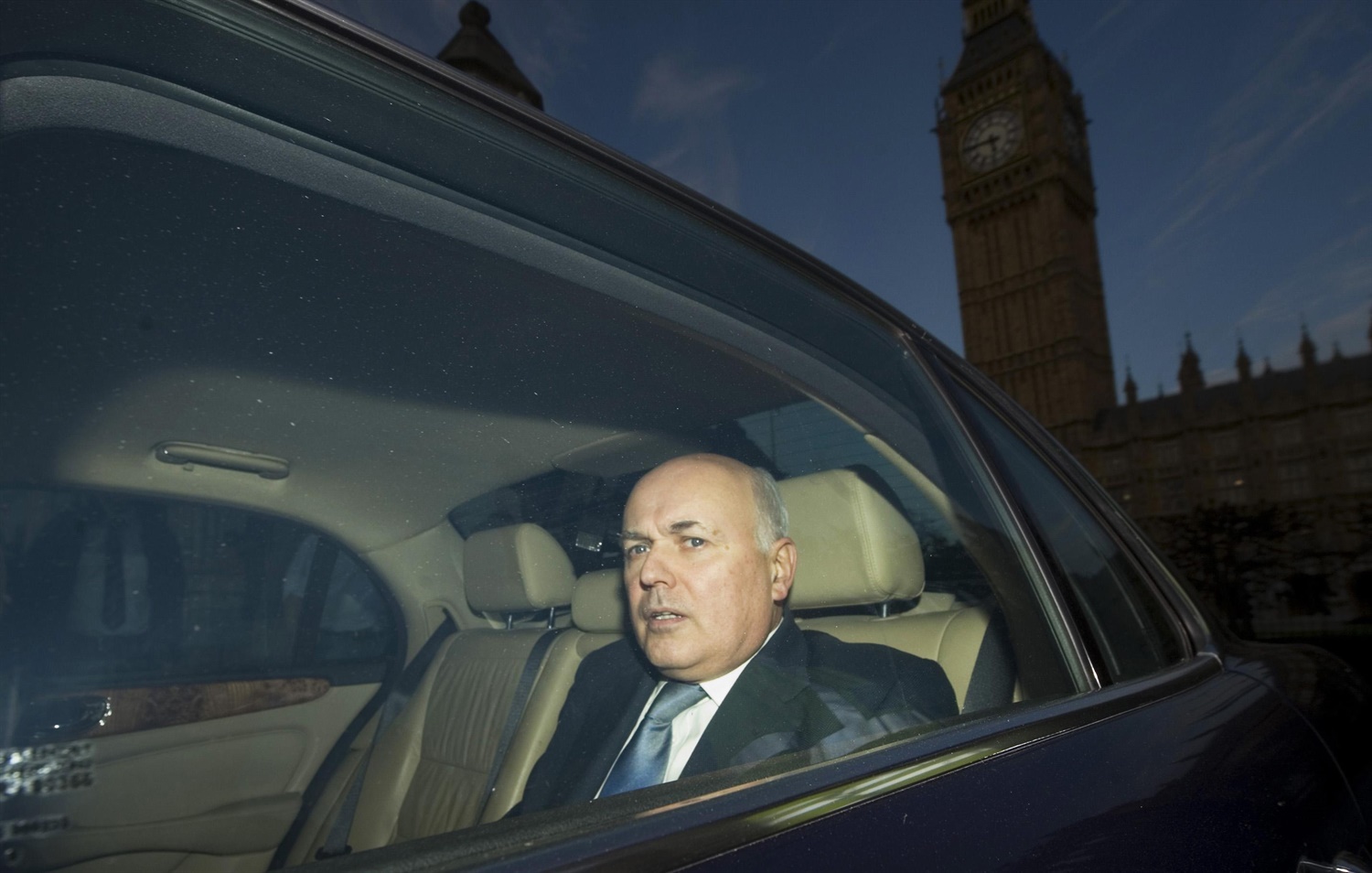01.02.15
Coalition public service reforms: Part 1 - Intentions and Outcomes
Source: Public Sector Executive Feb/Mar 2015
In this first of two articles evaluating the Coalition’s public service reforms over the last five years, as we prepare for the May 2015 general election, the focus is on four policy sectors where it particularly claims to have left its mark: education, health, policing and welfare. By Chris Painter, emeritus professor of public policy at Birmingham City University and member of PSE’s editorial board.
Education
The shock waves in the education field came initially in the university sector, a responsibility of the Department for Business, Innovation and Skills. A trebling of tuition fees (followed by progressive liberalisation of student recruitment) politically damaged the Liberal Democrats and their leader Nick Clegg – given that the policy change was contrary to a firm pledge made during their 2010 election campaign.
But the Coalition’s education reforms impacted on the schools sector even more profoundly, driven forward by education secretary Michael Gove. Indeed, the pace of change was such that education institutions barely had chance to absorb one initiative before the next came along. Included in these radical reforms were changes to public examinations and the national curriculum. However, by far the most pronounced change to emanate from the Department for Education (DfE) was a structural one that considerably diminished the role of local education authorities (LEAs): namely the conversion of increasing numbers of schools to academy status, complemented by the ‘free schools’ programme.

Those structural reforms were legislated for very early on, during the Coalition’s honeymoon period, building upon the more modest academy scheme set in motion when Tony Blair had been prime minister. Progress turned out to be much more rapid than initially anticipated. Using a crude quantitative measure – the number of academies and free schools that have come into being – the policy could be judged a great success. Evaluating consequences is a much more problematic exercise.
Sold as an exercise in greater parental choice, it was designed to give the leaders of schools greater autonomy. However, conversion to academy status gradually took on a more coercive quality (as the ‘only show in town’). In reality, the policy enormously strengthened the powers of DfE and the secretary of state. Academies and free schools have a direct funding relationship with central government. The question this raised was whether DfE had the capacity and wherewithal to meaningfully exercise its enhanced responsibilities.
Indeed, this centralised education governance architecture increasingly seemed difficult to sustain, with growing clamour for insertion of a ‘middle tier’. Steps were therefore taken by DfE to embed a new intermediate regulatory framework in time for the 2015 election, based on eight regional school commissioners whose remit and powers may, despite containing all the bureaucratic hallmarks of a French prefecture, be further developed thereafter. The Liberal Democrats, however, floated proposals for local authorities once again to be given responsibilities for school improvement at struggling stand-alone academies.
These concerns were crystallised in the Birmingham ‘Trojan horse affair’ bursting into the national headlines in summer 2014. It demonstrated the potential vulnerability of ‘autonomous’ institutions to special interests or even extremist capture. Of the five schools subsequently placed in special measures by Ofsted inspectors, four were academies. It also highlighted the incoherence of oversight and monitoring arrangements, split between DfE, LEAs, national funding agencies and the educational inspectorate. Tensions between DfE and Ofsted alone were palpable.
This is quite apart from the notorious examples that came to light of free schools lacking basic governance and financial management competencies. They were in fact criticised as an expensive political vanity project, whose location seemed random, diverting resources from areas in greatest need for additional places, especially in the primary sector where increasing demand was being driven by demographic trends. Because newly launched schools had to become either free schools or academies it meant that local authorities, stripped of any powers in relation to those institutions, were deprived of the means of strategically planning for future provision in their communities.
Also anomalous was a situation in which academies and free schools were subject to less prescriptive guidelines than local authority maintained schools, for it meant the existence of a two-tier system without any obvious rationale or justification. Most problematic though is the whole premise of Michael Gove’s education reform programme, namely that structural factors are the key to performance standards. Many other variables impinge on educational outcomes. So, not surprisingly, evidence pointed to significant variations between the best and worst performing academies.
The role, performance and public accountability of multi-academy chains/trusts/companies, including the credentials of some of their sponsors, also became a bone of contention. There were, indeed, worrying signs of conflicts of interest through the informal networks associated with a newly emergent educational establishment.
Instructively, Gove became a notable casualty of David Cameron’s Cabinet reshuffle in July 2014. The prime minister’s decision appeared to be influenced by polling evidence showing that Gove’s reputation had become too controversial to take the risk of retaining him as education secretary in the run-up to the 2015 general election.

Health
Health reform turned politically toxic for the Coalition much sooner. The first health secretary, Andrew Lansley, was exiled to the political equivalent of Siberia, leader of the House of Commons, in an earlier ministerial reshuffle (in Gove’s case the position of Chief Whip served a similar purpose). That was a measure of the fall-out from what became the 2012 Health and Social Care Act.
Whereas Gove secured a statutory basis for his structural reforms immediately after the formation of the Coalition, the parliamentary bill for Lansley’s structural re-organisation of the National Health Service fell prey to legislative ‘pauses’. There had been little hint during the 2010 general election of the magnitude of the changes thereby signified.
A feature of the 2012 Act was the complexity of the resulting organisational architecture embracing NHS England; GP-led clinical commissioning groups (CCGs); Public Health England; Health and Wellbeing Boards (which, in a contrary trend to education, return responsibilities to the local government domain); the Care Quality Commission; Monitor; the NHS Trust Development Authority; and NHS trusts themselves (just for starters). In such a labyrinthine institutional framework, establishing clarity of responsibility was far from easy.

A defining feature of the 2012 Act was how much of the NHS’s budget for purchasing patient care would be decentralised to the 200-plus newly formed GP-led CCGs. Yet it soon became clear that they would also become highly dependent on private consultancies and health companies – competing to achieve the status of ‘lead provider’ contractors – for supporting infrastructure.
One of the most controversial aspects of the 2012 Act was, indeed, the way it brought competition law into the tendering of services, as market ideology penetrated even further into the NHS’s organising principles. A greater diversity of providers was the corollary as services were ‘opened up’ and outsourcing gained momentum after the Act came into force in April 2013. Beneficiaries included for-profit companies such as Bupa, Care UK, Circle Healthcare, Diaverum UK Limited and Virgin Care, who were able to significantly increase their stake in the NHS. Some of the associated contracts and franchises did, however, prove to be relatively short-lived.
This was in addition to the fact that NHS hospital trusts were increasingly competing one against another for business, with the setting of appropriate internal tariffs for treatments a challenge in itself. Misaligned price signals in a market system can skew availability of services. Transaction costs also threatened to inflate administrative overheads in what had traditionally been a lean operation by international standards.
Yet, Lansley’s successor as health secretary, Jeremy Hunt, paradoxically presided over the installation of the very kind of top-down performance management that the Coalition had viewed so critically under New Labour and which remained the hallmark of attempts to raise educational standards. Putting a ‘special measures’ regime for failing hospitals into place in 2013 following the Mid-Staffordshire scandal, that approach was extended to GP practices and adult social care providers as part of a more forensic inspection system, with attendant risks of a ‘blame culture’ developing.
A top-down approach to what many health experts regarded as the imperatives of acute hospital care rationalisation emerged too (though competition law now perversely acted as a potential impediment to strategic reconfiguration). Special administrators appointed by the health secretary to take over NHS trusts failing financially were to be given the power to oversee the reshaping of other local hospital services, with what some saw as tenuous consultative safeguards.
Limited progress on anything other than piecemeal integration of health and adult social care also continued to inhibit more cost-effective use of resources. Growing crisis in the funding of the latter local authority-controlled service increased demand for (and placed growing strains on) the acute hospital sector. To relieve pressure, a proportion of the additional (partly recycled) £2bn allocated by the chancellor to the NHS for 2015-16 was earmarked for innovative methods of providing out-of-hospital care. Yet, in the view of the independent Barker Commission, set up by the King’s Fund, separate systems for health and social care – creating not just problems for service co-ordination but also entrenching different entitlements for their respective users – were no longer sustainable.
The new Better Care Fund (BCF), pooling £5.3bn (originally £3.8bn) of existing resources from April 2015, seemed a step in the right direction, supporting joint working en route to co-commissioning. User choice was, moreover, to be further extended by combining personal health and social care budgets for certain categories of patient, providing more inducements to joined-up services.
But even the BCF initiative ran into difficulty because of uncertainty about how enhanced community care would, in practice, benefit the acute hospital sector. A consequent review built stronger performance outcome measures into implementation to re-assure hospital trusts, some of whose funding would be transferred for this purpose. However, scepticism that the programme would fully achieve its intended objectives persisted. Tensions between a number of CCGs and Health and Wellbeing Boards, moreover, highlighted cultural differences continuing to hinder successful multi-agency co-operation.
Police service
The Home Office has a reputation as a political graveyard. Yet, Theresa May remained home secretary throughout the entirety of the Coalition’s term in office, a remarkable achievement by itself. It was even more impressive because of the determination with which she tackled what many regarded as the last unreformed public service: the police service.
The thorny issue of police pay and conditions was addressed. The person commissioned to carry out this review, Tom Winsor, was then appointed to head Her Majesty’s Inspectorate of Constabulary, the first time this role had been performed from outside the police service since its inception in the mid-19th century.
The police also bore their share of public expenditure cuts. Financial challenges thus accentuated pressure on individual forces to reshape their services, including savings from outsourcing, regional collaboration with other forces, or even sharing back-office functions across emergency services.

Intelligence-led approaches underpinned by technological infrastructure provided another way forward. Progress in effectively deploying resources nonetheless remained patchy. Despite cuts to police funding, though, crime continued a downward course evident since the mid-1990s, albeit with figures distorted particularly by the under-recording of internet-related crime.
The most dramatic Home Office reform affected police governance. Police and crime commissioners (PCCs) were directly elected in November 2012, their explicit objective to strengthen the responsiveness of the 43 local police forces in England and Wales. With some individual holders of the office subsequently becoming mired in controversy, starting from a dismal average election turnout of only 15%, the impact of PCCs on the effectiveness of local accountability arrangements has been disappointing, reflected in levels of public engagement.
Nor did this innovation deter proposals for annual inspection measures to establish levels of ‘public legitimacy’ enjoyed by police forces. An alternative solution canvassed was for the neighbourhood policing function to be taken over by local government, so that street wardens employed by local authorities could be merged with police community support officers. That would then allow the number of existing police forces and corresponding administrative overheads to be reduced.

Welfare reform
Iain Duncan Smith – completing a clean sweep of Conservative ministers in the main domestic reforming Whitehall departments – was another ministerial survivor, his welfare reforms striking a public chord; this notwithstanding the contentiousness of individual measures, such as removal of a spare-room subsidy (otherwise known as the ‘bedroom tax’).
Imposition of benefit caps – at individual claimant and aggregate levels – seemed especially popular, despite less-visible shunting of costs onto local authorities and others. This was partly, however, because political rhetoric polarised debate, stereotyping the recipients and impact of welfare spending. These misleading simplicities were dissected by John Hills, one of the UK’s leading social policy specialists, in ‘Good Times, Bad Times: The Welfare Myth of Them and Us’ (2015).

The irony is that the Department for Work and Pensions (DWP) has had one of the least impressive implementation track records. This was especially true of Duncan Smith’s ‘big bang’ reform, universal credit. The original plan to move all claimants onto the scheme by 2017 soon became a pipe dream, subject to successive delays, providing yet another Whitehall example of a deeply-flawed IT infrastructural project. Development costs had to be extensively written off and, in addition, reliance on remote central administrative systems increased susceptibility to fraud.
Universal credit, while widely supported in principle because of the simplification arising from amalgamating six different benefits, was nonetheless an intrinsically complex technical undertaking. One of its prime objectives – incentivising employment – was also undermined by George Osborne’s parallel cuts to the welfare budget as part of his deficit reduction plan.
Other DWP programmes too became enveloped in controversy. New personal independence payments (PIPs), designed to replace the disability living allowance, were tarnished by delays in processing claims. Increasing resort to benefit sanctions appeared to have too little regard for reasonableness and equity. Similar concerns plagued ‘fitness for work’ capability assessments. More vitriolic critics, indeed, viewed DWP as the departmental equivalent of a ‘failed state’.
Disaster areas
Although the substantive reforms considered in this article have inevitably been selective, they were the Coalition’s flagship projects. Elsewhere there were policy disaster areas, such as adult and children’s social care services (the former touched on earlier), but notably in the ever-more dysfunctional affordable and social housing sectors. The sister article in the next edition of Public Sector Executive will examine themes associated with the Coalition that were a generic part of its public service reform programme.

Tell us what you think – have your say below or email [email protected]